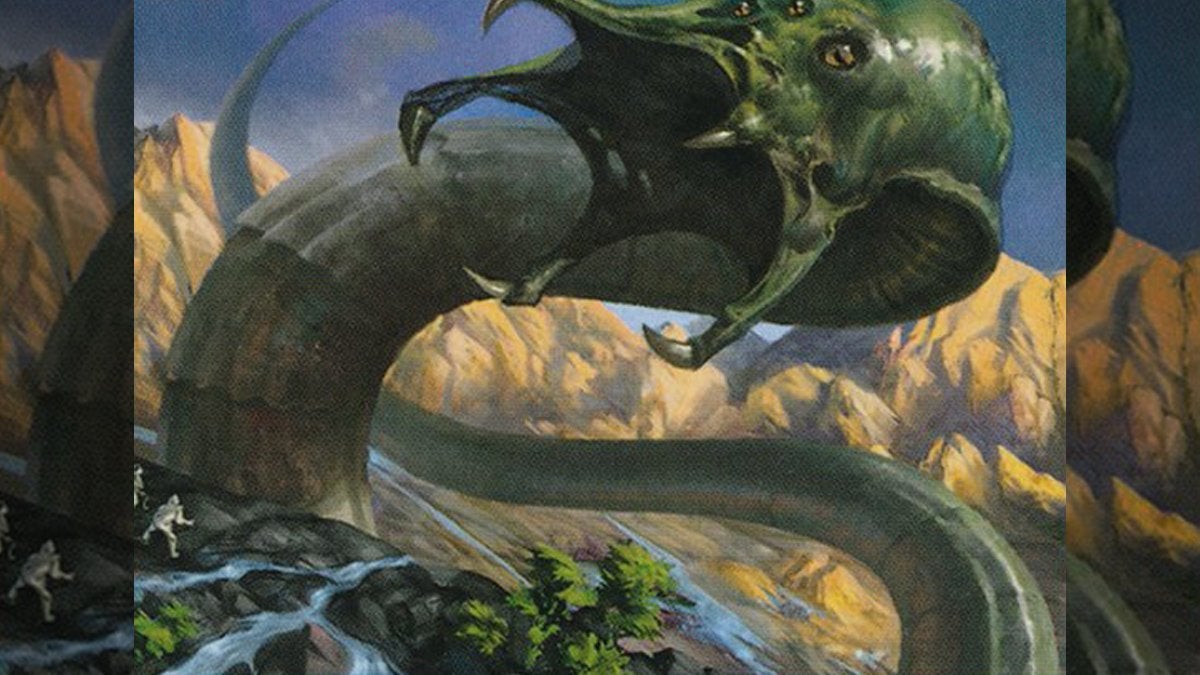![]() Key Takeaway
Key Takeaway
Creatures with Trample deal excess damage to players, planeswalkers, or battles (depending on which was the initial target).
For example, when a creature with five power destroys a creature with two toughness during the combat phase, the attacking creature’s remaining power value (in this case the remaining value is three) is dealt as excess damage to the player, planeswalker, or battle.
Keep in mind that Trample is a static ability that only impacts the combat damage step (when a creature makes an attack during the combat phase). Fighting—and similar mechanics—are not combat damage, which means Trample does nothing when such actions are taken.
If you prefer brute-force tactics in card games, use Trample in Magic: The Gathering to clear the battlefield. Doing so lets you smash through weaker creatures and damage your opponent at the same time! This kind of strategy can be satisfying and efficient.
Table Of Contents
What Is Trample?
When a creature with Trample destroys an opposing creature, the excess damage is dealt to the opposing player, planeswalker, or battle (depending on which was the initial target of the attack). Since damage output comes from a creature’s power, that’s the value you need to keep in mind when doing damage calculations during the combat damage step.
An Example of How Trample Works
Let’s say you’re attacking with a Charging Monstrosaur and your opponent only has a Knight Errant on their side of the battlefield—which they use to block your attack.
Since your Charging Monstrosaur has five power and Knight Errant has two toughness, subtract two from your Charging Monstrosaur’s five power when it destroys the Knight Errant. The remaining three power is dealt as excess damage to the opposing player after the Knight Errant gets destroyed.
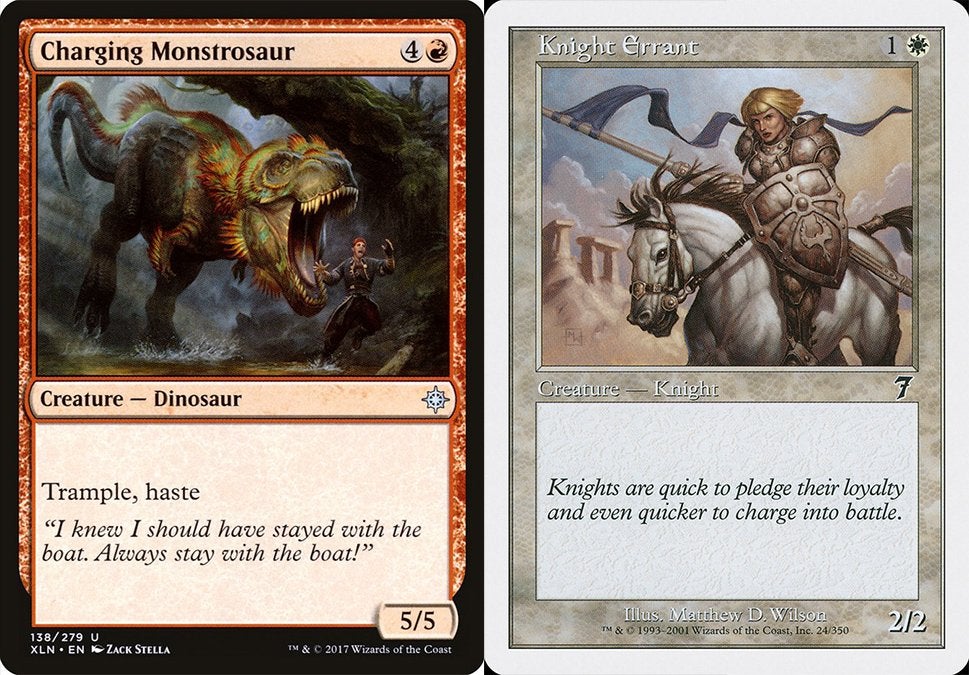
What takes the excess damage can vary depending on the situation and who you’re targeting for an attack. If you’re targeting the opposing player, any excess damage that is left over after the combat damage step is dealt to the opposing player. However, if you declare an attack on a planeswalker or battle, the respective permanent that was targeted takes the excess damage.
How to Use Trample
The best way to make use of Trample in Magic: The Gathering is to power up your creatures that have this ability. By that, we mean that you should put counters on your creatures with Trample to increase their power. This lets you deal as much excess damage as possible with every attack.
Although your creatures with Trample can be naturally strong (high power and high toughness), they’ll likely cost a lot of mana to cast. You’ll need some way to hold off your opponent while you build up enough mana to cast your Trample creatures.
Also, using cards that let you play more lands per turn can be another solid strategy; this way, you can cast your big bruisers earlier than usual. Cultivate is probably one of the best cards for playing additional lands on your turn.
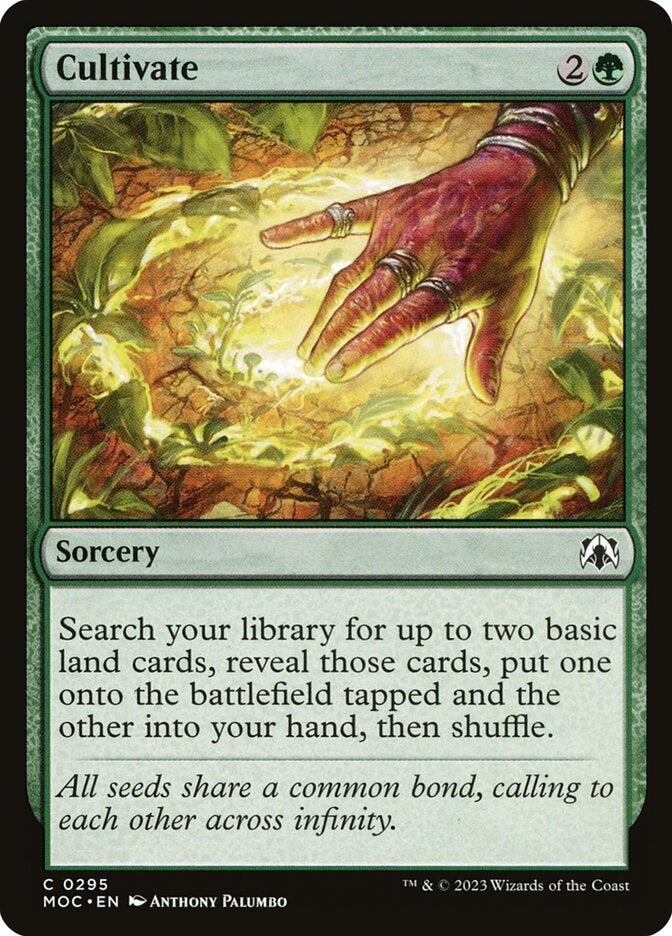
Conquer by Using Counters
Other ways of increasing the power of a creature are great but counters are the ideal way to do so. Most counters are permanent, so they’re an efficient and reliable way to increase a creature’s power. Instants like Common Bond are a quick and easy way to do this.
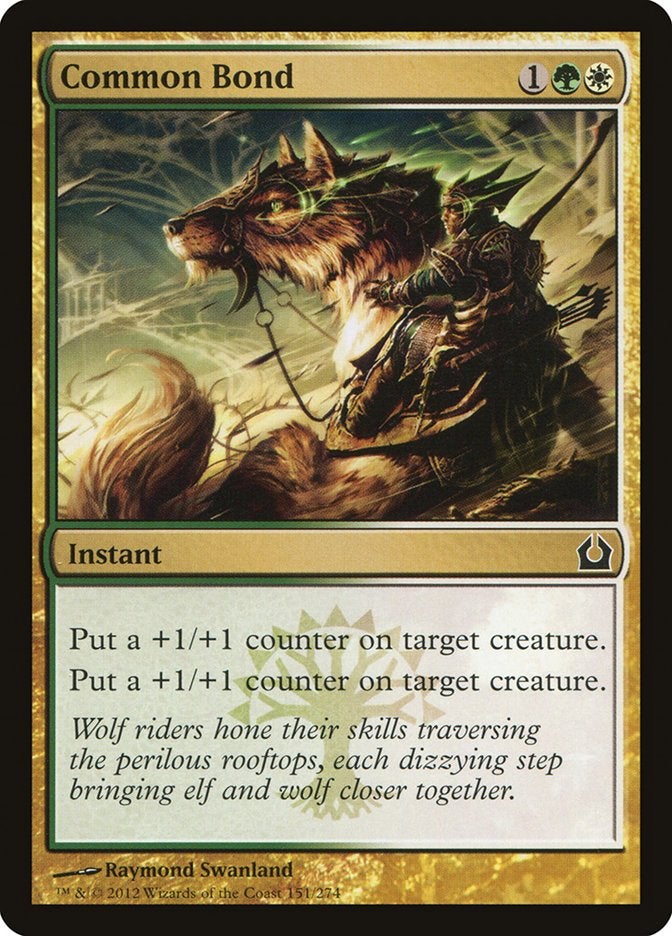
When attacking with a creature that has Trample, you want to bust through enemy lines and deal as much excess damage as you can to the opposing player, planeswalker, or battle. This often means that you’ll need a creature with high power (and toughness) to make effective attacks.
It’s even more important to have high power and toughness if your opponent has strong creatures with which to block. That’s why buffing your creatures is vital when using Trample tactics.
Using Trample and Deathtouch Together
If you have a way to put Deathtouch on a creature, this can be a devastating combo when combined with Trample. If you attack with a creature that has both Trample and Deathtouch, you can clear through multiple blockers with little effort.
You only need to deal one point of damage to a target to destroy it if you have Deathtouch. If you also have Trample, you can deal excess damage to multiple blockers. By assigning one point of damage to each blocker, you can efficiently clear out your opponent’s side of the battlefield if they block with multiple creatures.
In such a scenario, the higher your creature’s power, the better—as that lets it get through more potential blockers. You can use cards like Ghastly Death Tyrant to grant Deathtouch to your other creatures. Doing so can let you unleash a late-game blitz that may net you a decisive victory.
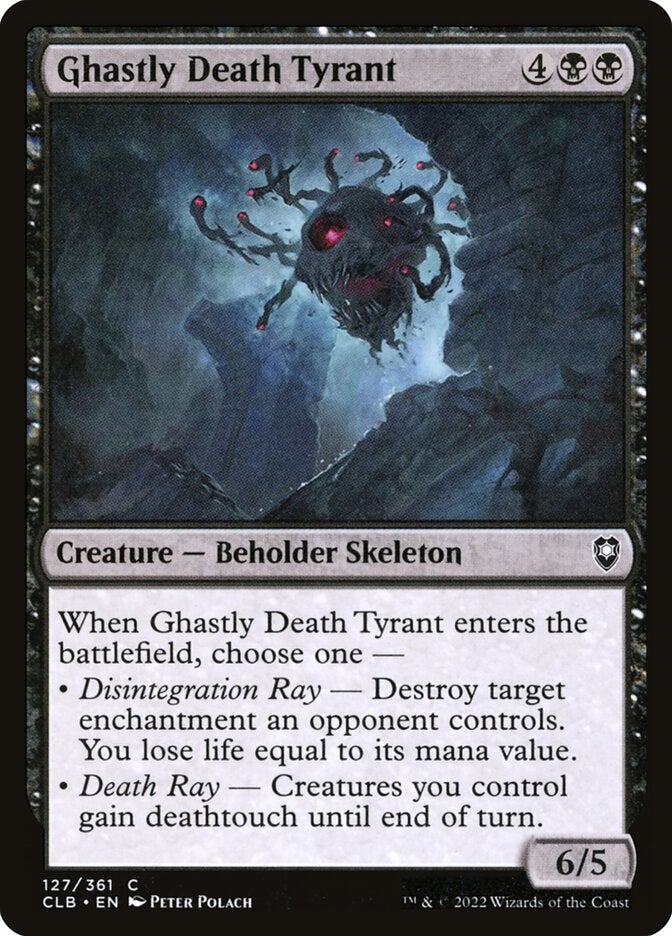
How to Counter Trample
The majority of creatures that have Trample in Magic: The Gathering cost moderate to high amounts of mana. This is the natural result of said creatures often possessing high power and toughness (we’re looking at you, dinosaurs and wurms).
If you mana-starve or card-starve your opponent somehow (destroying their lands or forcing them to discard their hand), you can slow down the casting of big creatures that have Trample. With that said, this isn’t a foolproof tactic and only helps with delaying what could be an inevitable sweep. There are better ways of dealing with Trample.
Just Kill It
The quickest and easiest way to deal with a high-power creature with Trample is the same as for any other creature threat: destroy it with a sorcery or an instant. With the right cards, this can be an inexpensive way to rid the battlefield of an intimidating monster. A great card for this kind of scenario is Destroy Evil.
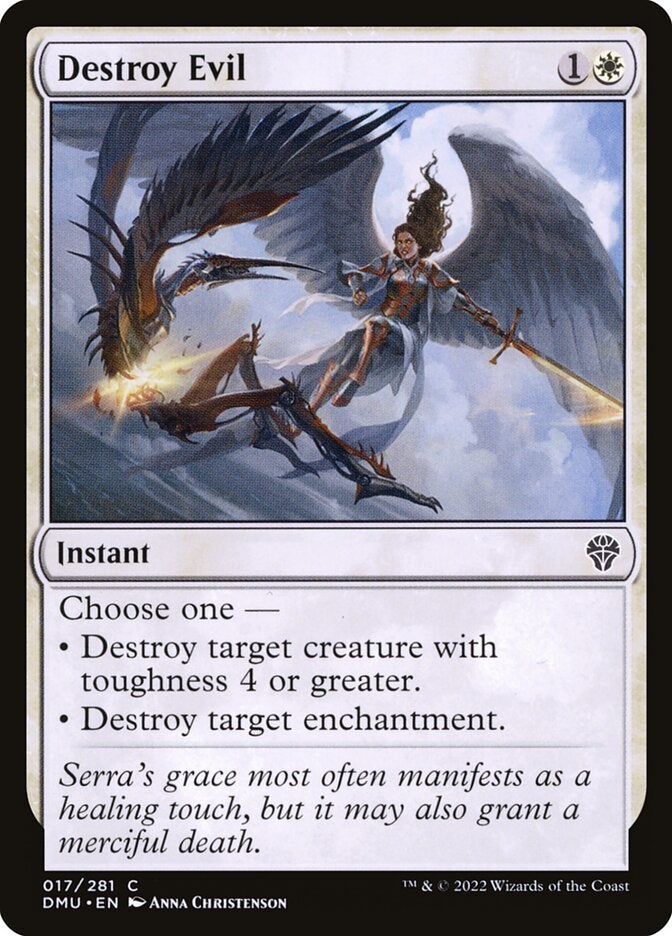
Fight the Foe Head-on
Trample only takes effect during the combat damage step. The only time this occurs is when one opponent is attacking the other with a creature during the combat phase. You can take advantage of this by fighting a creature card with Trample to take it down outside of the combat phase.
For example, if you have an Ancient Silver Dragon and your opponent has a Ramapaging Brontodon, you can cast Blizzard Brawl on your turn to force the two creatures to deal their power as damage against one another. The result of such a situation is the Rampaging Brontodon getting destroyed this turn and your Ancient Silver Dragon regenerating when you end your turn.
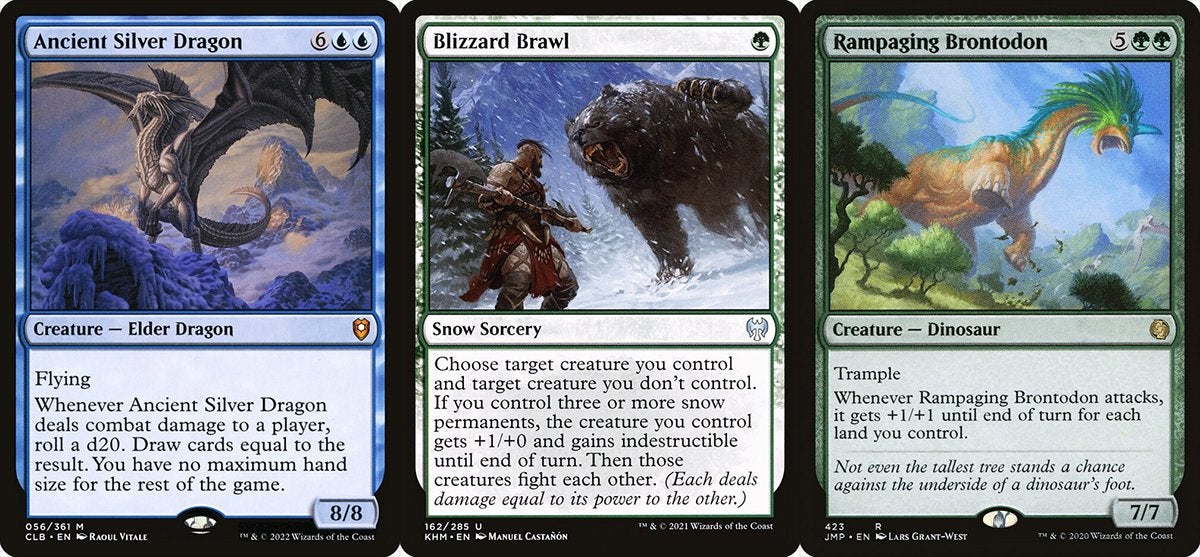
Use Trample in Magic: The Gathering to turn the tide in your favor. Despite decks featuring this ability being a bit slow to get going thanks to high creature costs, they can dominate during the middle and ends of games. Once you have enough trampling power on your side, you’ll steamroll your foes into submission!


